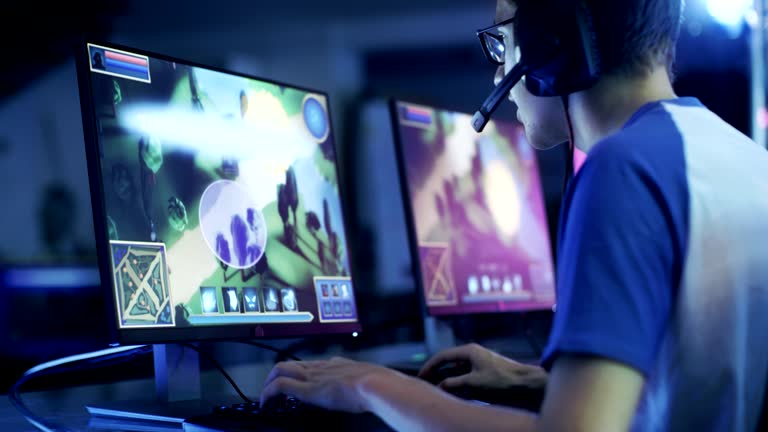In today’s digital age, online gaming has become a popular form of entertainment, connecting players from around the world. However, connection issues can often disrupt the gaming experience, causing lag, disconnections, or even preventing access to game servers altogether. Understanding how to fix common online game connection problems is essential for maintaining smooth gameplay and enjoying your favorite titles without frustrating interruptions.
One of the first steps in troubleshooting connection issues is to check your internet connection. A stable and fast internet connection is crucial for online gaming. Start by running a speed test to ensure that your download and upload speeds meet the minimum requirements specified by the game developers. If speeds are below expectations or if you notice frequent drops in connectivity, restarting your modem and router can often resolve temporary glitches. Additionally, using a wired Ethernet connection instead of Wi-Fi can provide more stability and reduce latency.
Another common cause of online game connectivity problems is network congestion or interference. Multiple devices using bandwidth simultaneously-such as streaming videos or downloading large files-can slow down your internet speed and affect gameplay performance. To mitigate this issue, try limiting other high-bandwidth activities while gaming or prioritize traffic through Quality of Service (QoS) sgptoto368 settings on your router if available.
Firewall settings and antivirus software sometimes block essential ports required by games to communicate with servers properly. Ensuring that these programs allow exceptions for your specific game can help restore connectivity. Check both Windows Firewall and any third-party security software you use; adding the game’s executable file to their whitelist may prevent unnecessary blocking.
Game server issues themselves are another factor beyond user control but worth considering when facing persistent problems. Sometimes developers perform maintenance or experience outages that temporarily disrupt service availability. Checking official forums or social media channels related to the game can provide updates on server status so you know whether it’s an isolated problem on their end.
Updating network drivers on your computer also plays an important role in maintaining optimal connectivity conditions. Outdated drivers may lead to compatibility issues with current networking protocols used by games; therefore regularly updating them ensures better performance.
Lastly, resetting network configurations might solve underlying conflicts affecting connections-this includes flushing DNS cache or renewing IP addresses via command prompt commands like “ipconfig /flushdns” and “ipconfig /renew.” These actions refresh communication pathways between your device and external servers.
By systematically addressing these aspects-from checking hardware connections and managing bandwidth usage to configuring firewalls correctly-you can significantly improve online gaming stability. While some disruptions may be unavoidable due to external factors such as server outages or ISP limitations, implementing these troubleshooting techniques generally leads to smoother gameplay experiences free from frustrating disconnects or lag spikes that hinder enjoyment in virtual worlds worldwide.

